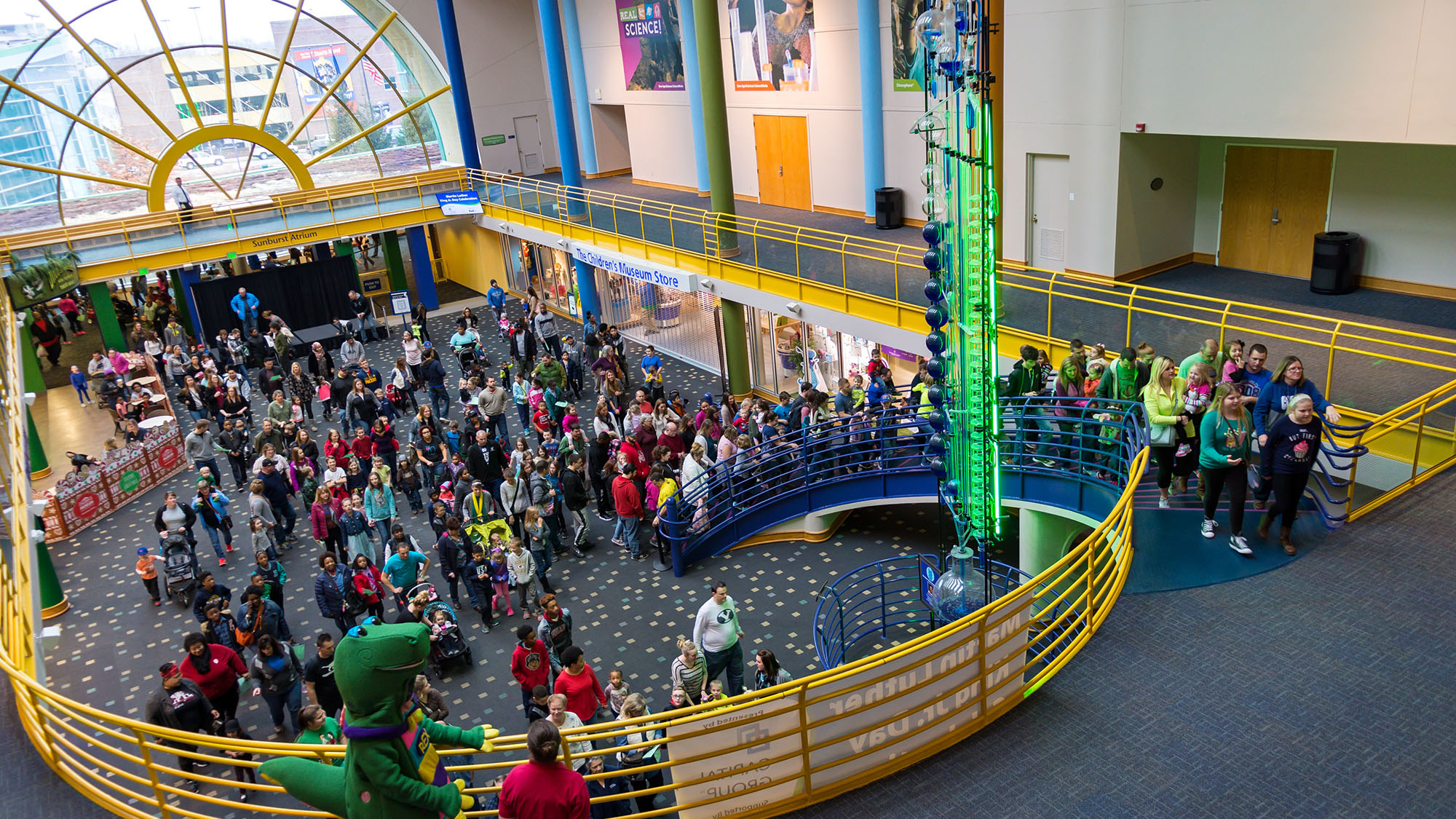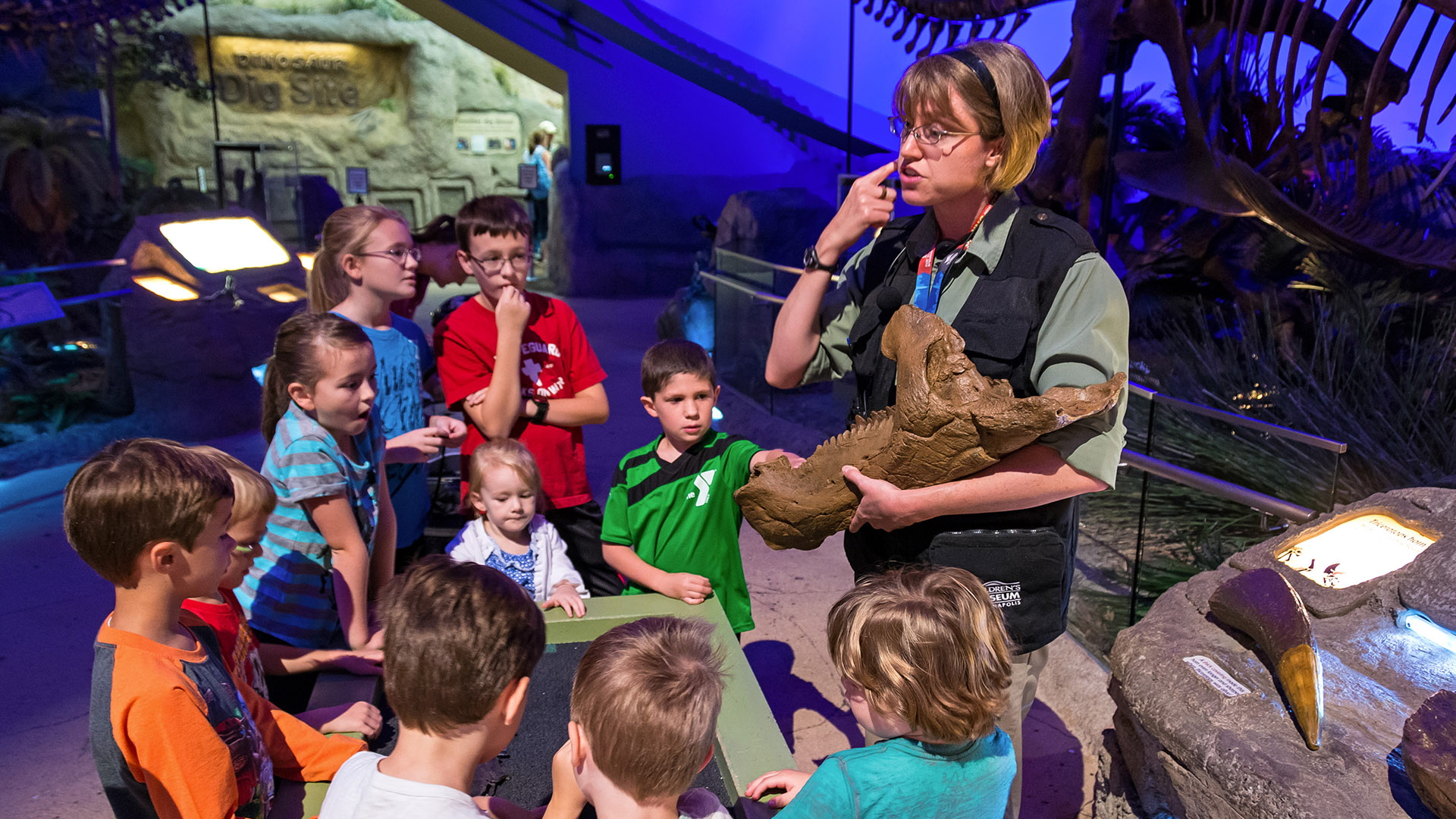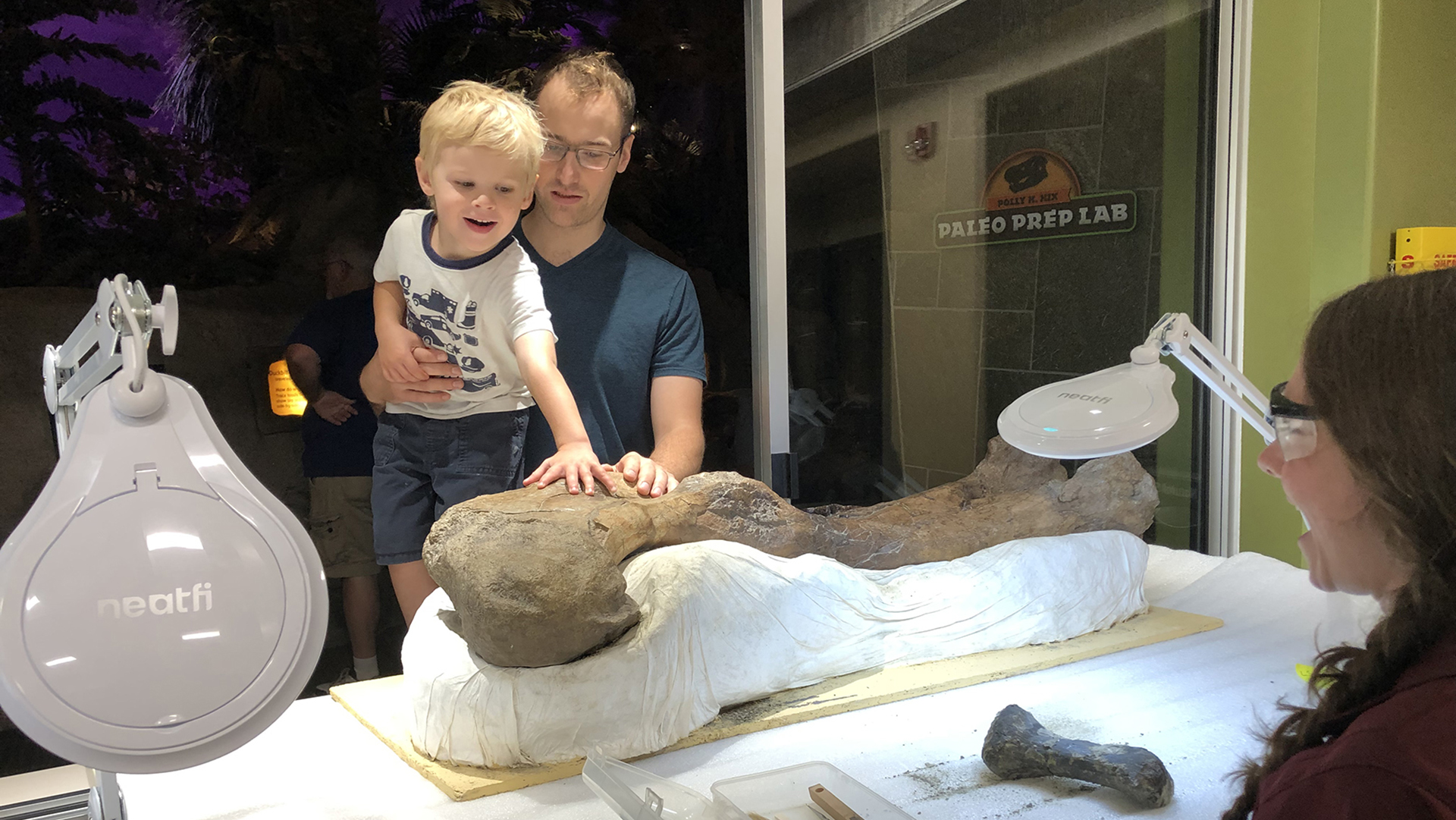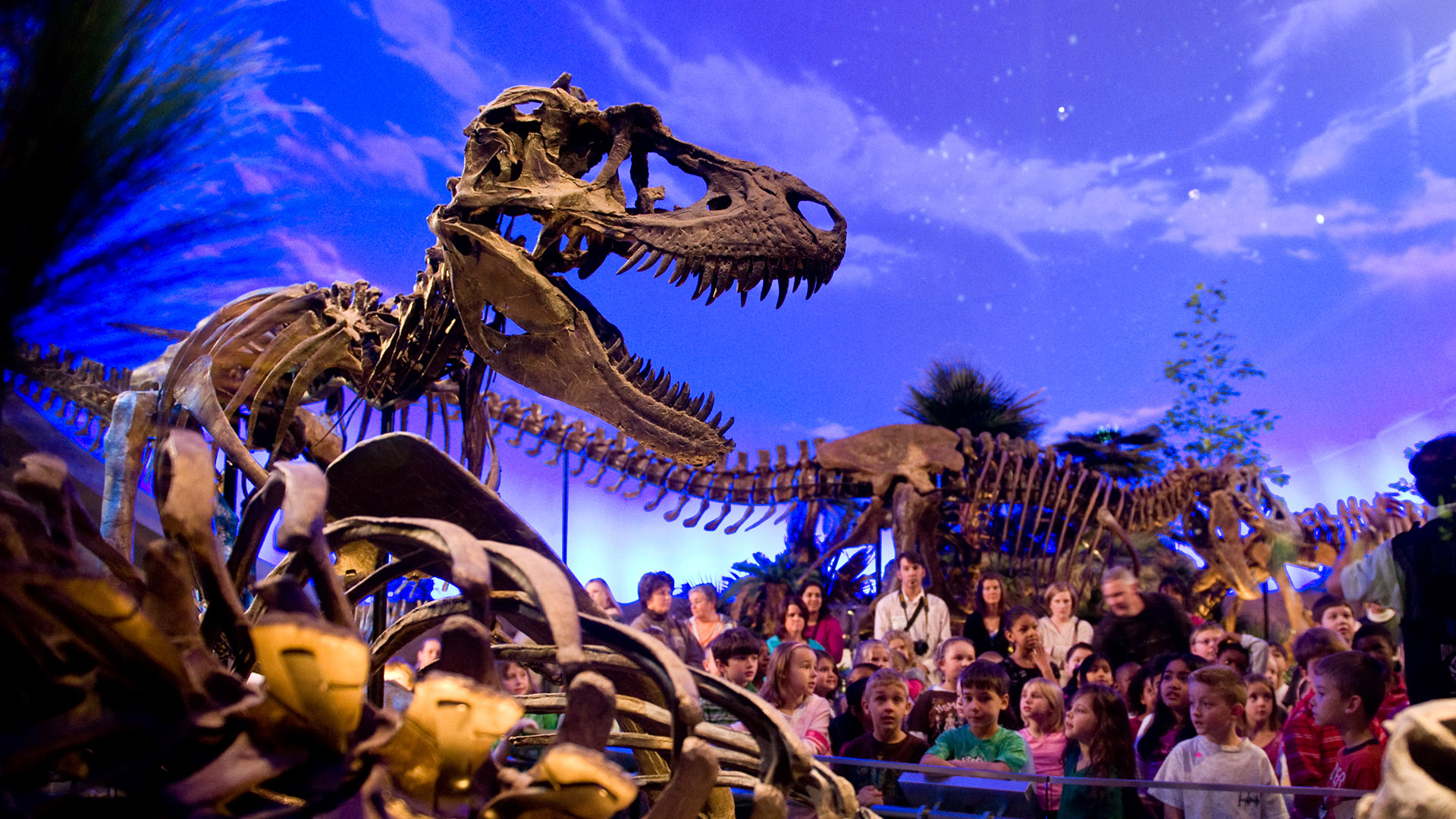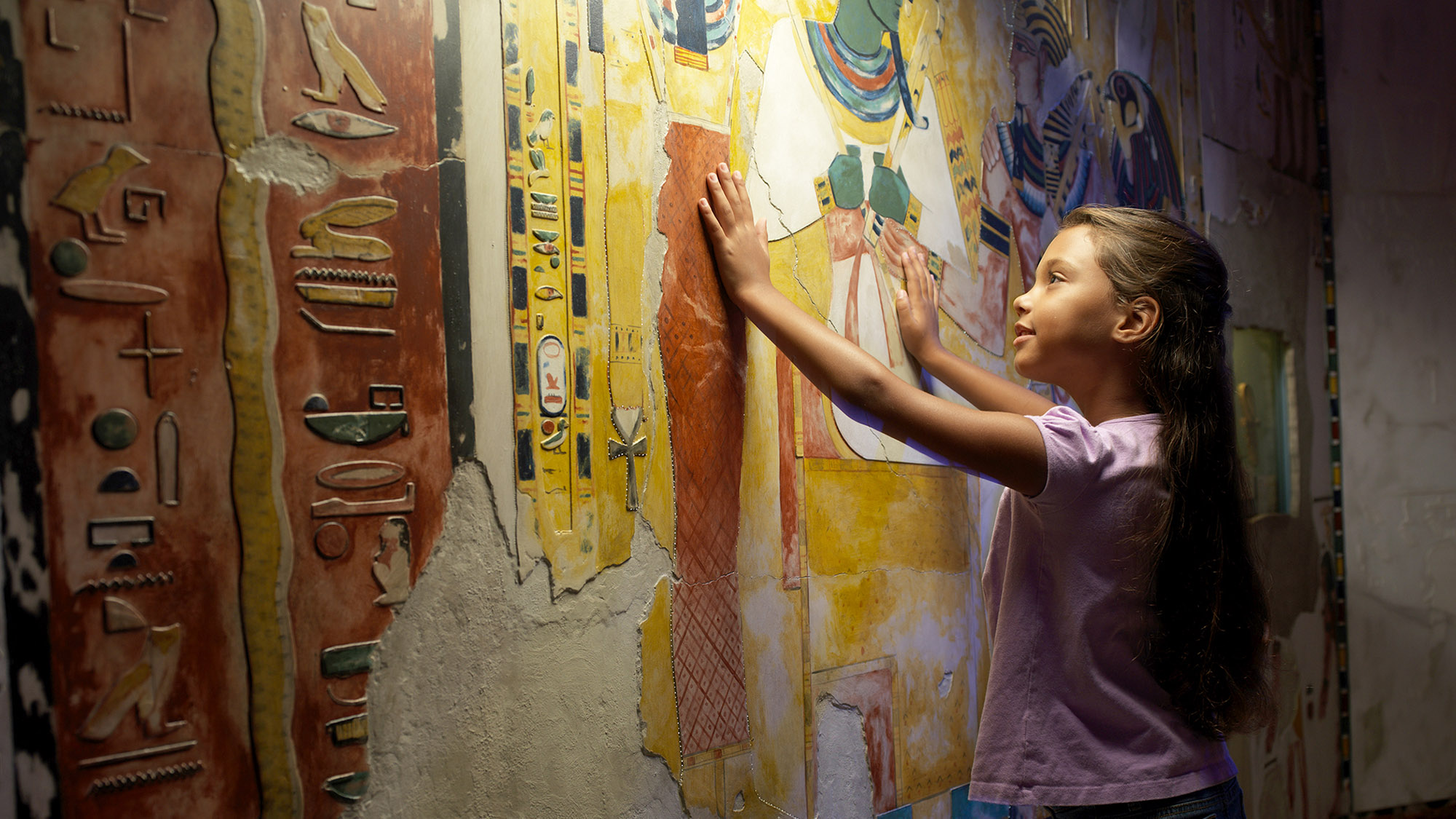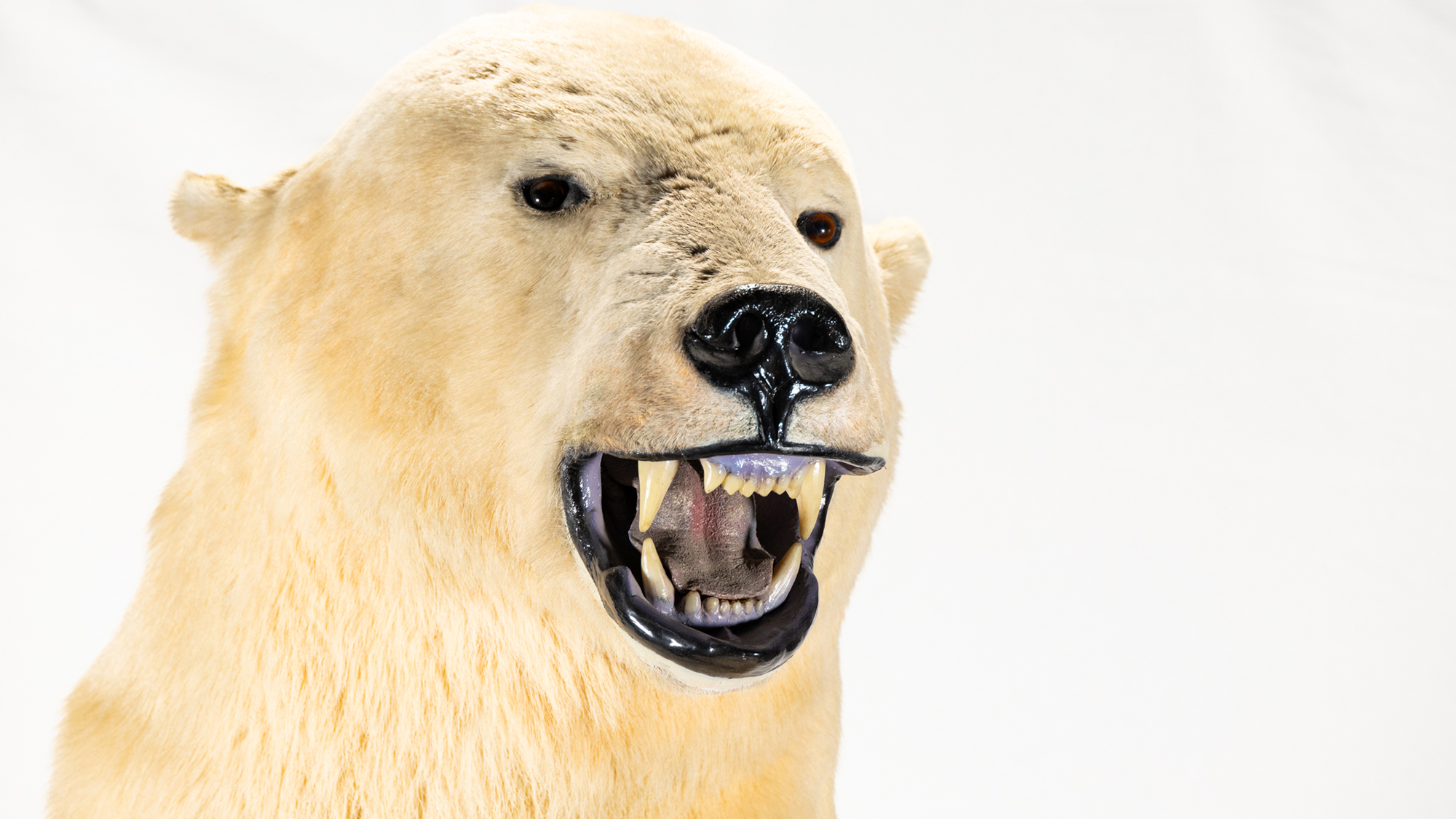

Where else can you touch a dinosaur bone, see a show, steer a pedal car, make art, “board” the space station, and ride a historic carousel in one visit? Only at The Children’s Museum of Indianapolis. Founded in 1925, the museum is a nonprofit with a mission to ignite joy, wonder, and curiosity by creating powerful learning experiences for children and adults.
